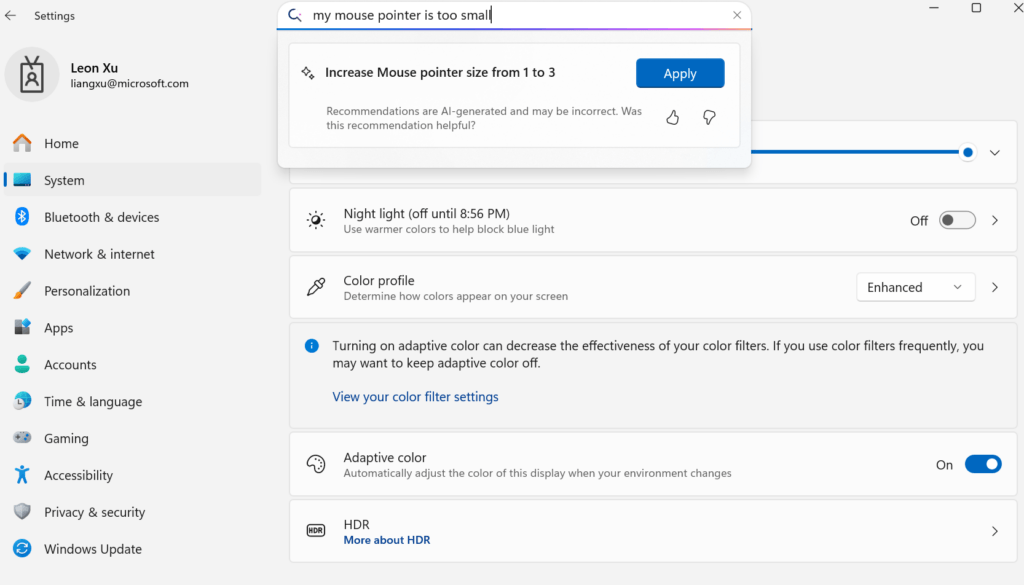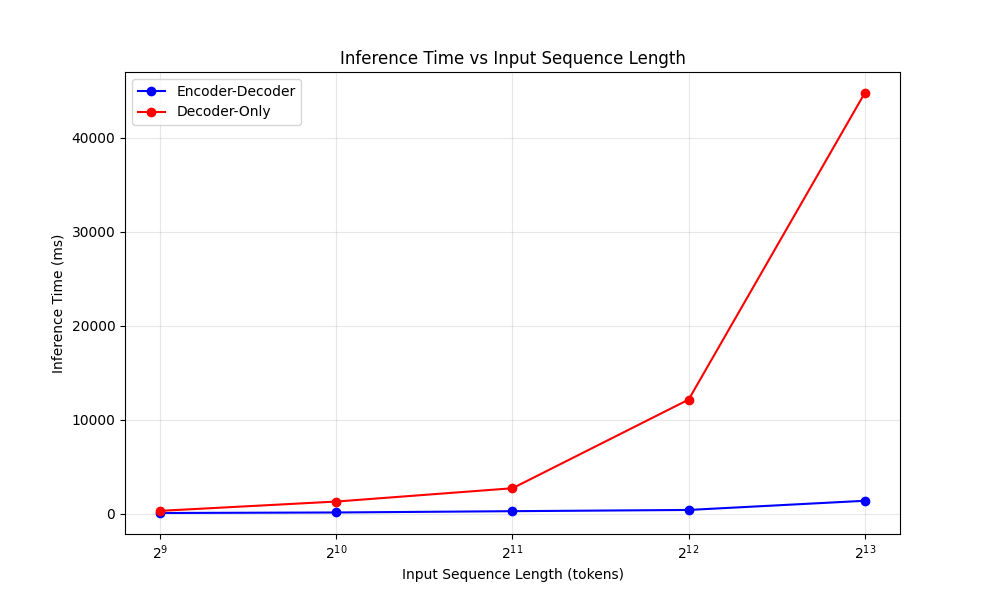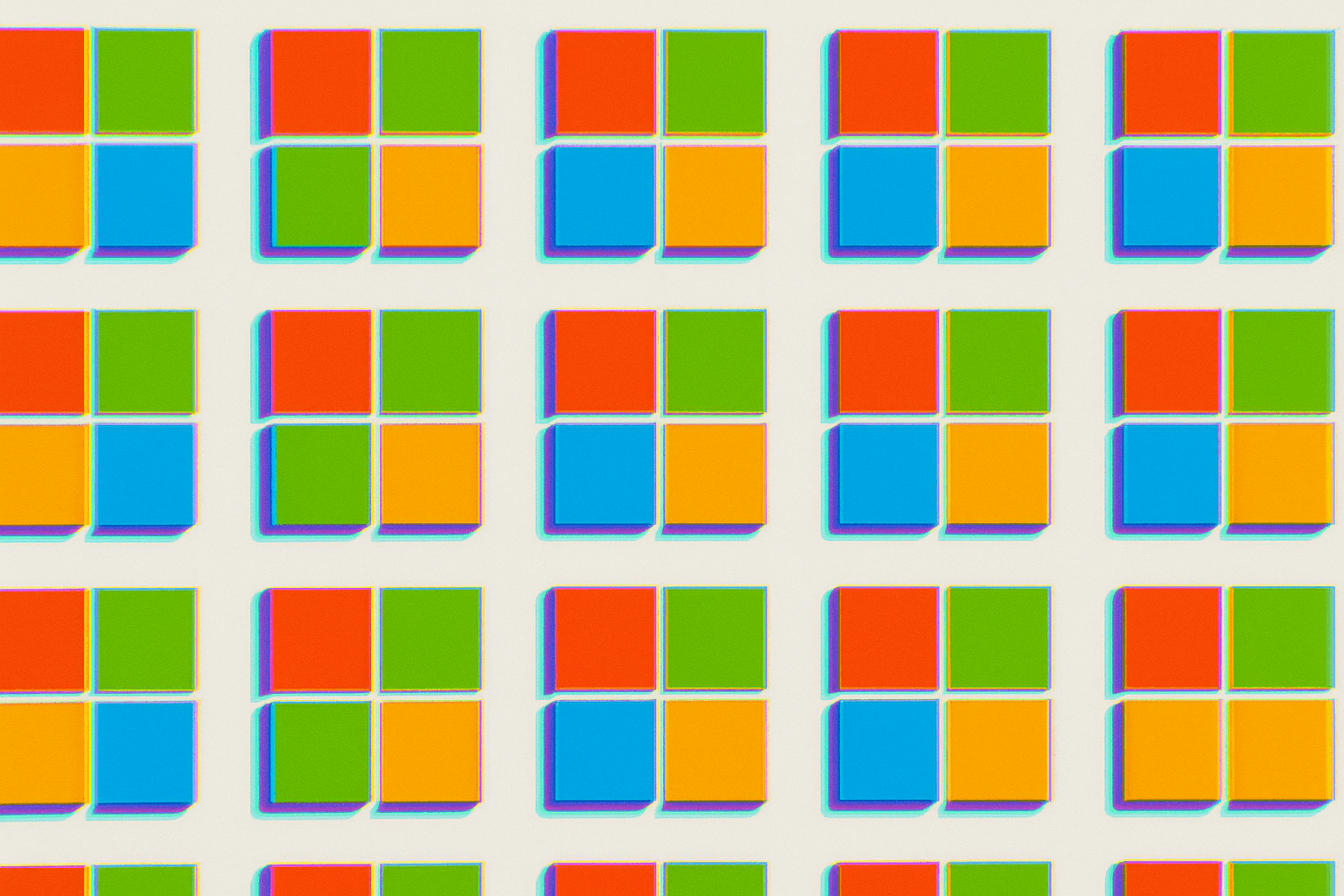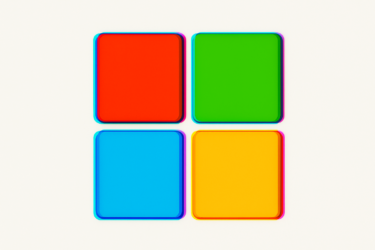Windows is getting a new AI assistant that can change system settings through natural language commands. The new language model, called "Mu," runs entirely offline on specialized AI chips, but for now, it's only available to a small group of users.
Instead of digging through menus, users can type commands like "Increase the screen brightness" or describe problems such as "My mouse pointer is too small." The agent is built into the existing settings search box and, according to Microsoft, responds in less than half a second.

The assistant is powered by a new language model called "Mu," which Microsoft developed specifically for the task. Mu has 330 million parameters and uses an encoder-decoder architecture that, according to Microsoft, is much more efficient than the decoder-only models commonly used today.
In this setup, the encoder processes the user's input once and turns it into an internal representation. The decoder then generates the appropriate Windows commands. Microsoft says this split reduces response times by 47 percent and boosts processing speed by a factor of 4.7 compared to similar models.

Fully local execution on NPU chips
Mu runs entirely on the Neural Processing Units (NPUs) found in Copilot+ PCs. These dedicated AI chips are optimized for machine learning tasks and allow the model to process over 100 tokens per second. Microsoft says the system can reach more than 200 tokens per second on a Surface Laptop 7.
To optimize Mu for NPU hardware, Microsoft used post-training quantization, converting the model weights from floating-point to 8-bit and 16-bit integers. This reduces memory usage and increases processing speed.
Trained on 3.6 million examples
Microsoft started by training Mu with hundreds of billions of educational tokens and then distilled knowledge from the company's larger but still small Phi models. For the specific settings agent, Microsoft used 3.6 million training examples—some synthetic—to expand coverage from about 50 to hundreds of Windows settings.
The system performs best with longer, clear requests. For short or ambiguous commands, the search box still shows standard search results. For example, "Increase brightness" can cause issues if several monitors are connected.
Available only to Windows Insiders with Copilot+
Microsoft is collecting feedback from Windows Insiders to improve the system. The current focus is on the most commonly used settings, with support for more complex tasks planned for the future.
There's no word yet on when the feature will roll out to all Windows users. Since it depends on NPU hardware found only in the latest Copilot+ PCs, adoption will be limited at first. Users also need to register in the Dev Channel to try it out.
Microsoft is signaling a shift toward computers that can be controlled by natural language. The company has previously demonstrated experimental agent systems that interact with GUIs via multimodal language models. Training a model for a very specific task, as with Mu, may be less flexible, but it's proving to be far more efficient.






